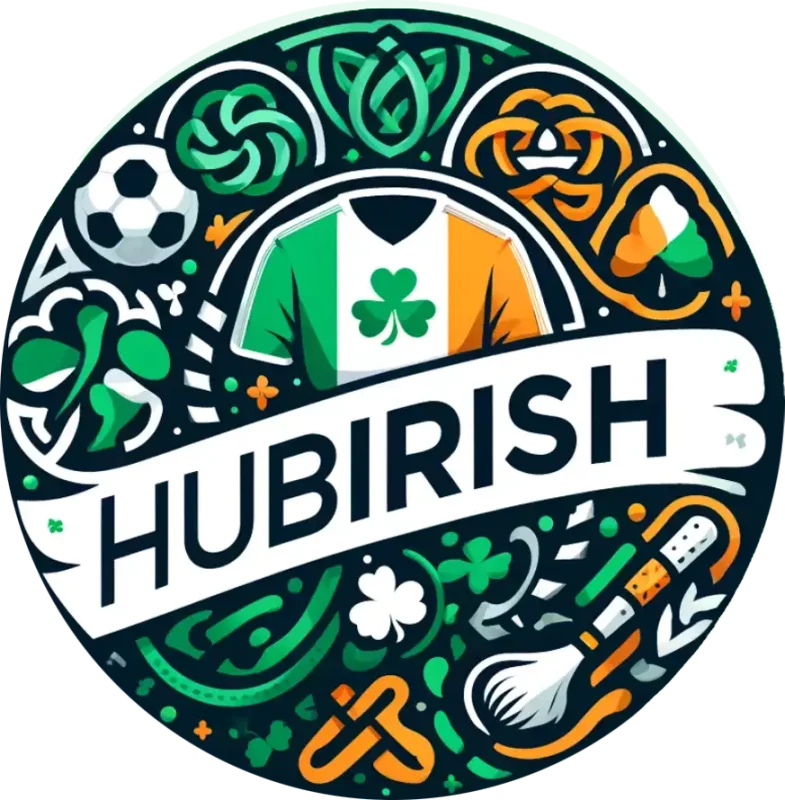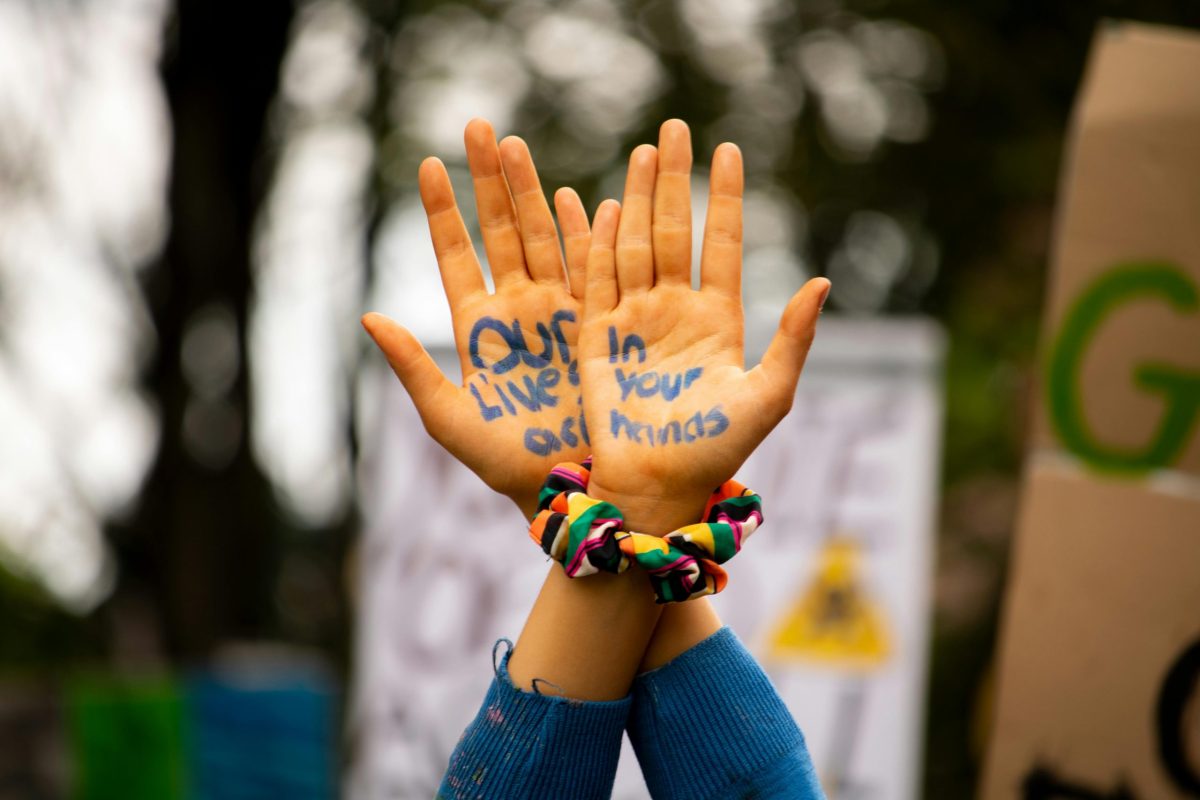Uncategorized
Defying an Empire: The Irish Rebellion Ballads
From Fields to Folklore: The Day a Band of Rebels Turned Hearts into Ballads, Defying an Empire on the Run
Estimated reading time: 8 minutes
- The 1916 Easter Rising ignited voices for freedom in Ireland.
- Music served as an anthem of hope and defiance during the revolution.
- Irish folklore immortalizes the stories of rebels and their struggles.
- Over 100,000 Irishmen served in WWI, returning with nationalism.
- Introduction
- The Echoes of Distant Drums
- Songs That Sang of Struggle
- Folklore Reflecting the Fury
- Did You Know?
- FAQs
- Final Word
In the shadow of ancient mountains and beside the wild, rolling hills, the spirit of the Celtic heart beats fiercely, a tempo setting the stage for a tale woven from the threads of resistance and folklore. Gather ’round, dear readers, as we delve into a tale where history and legacy intertwine, where the bond between the land and its people birthed songs that defied an empire, forever carving rebels into the annals of Irish folklore.
The Echoes of Distant Drums
There are days the earth shakes with the thumping of distant drums, a rhythm that stirs in the veins of a nation. Let us rewind to the ragged edges of the early 20th century, a tumultuous time of oppression and iron-fisted rule. The 1916 Easter Rising was not merely an uprising; it was the fuse that ignited a myriad of voices hungry for freedom. With whispers of rebellion fluttering through the cobbled streets of Dublin, a band of spirited rebels would etch their names into the hearts of those who longed for something greater than silenced voices and obedient hands.
The likes of Thomas Clarke and Seán MacDiarmada held rallies in back alleys and the hallowed ground of St. Stephen’s Green, stirring the hearts of many—men and women alike. Through thought-provoking excerpts and clandestine meetings, they began to reshape the narrative of what it meant to be Irish and to fight for one’s identity. As historian Joe Lee once said, “The Irish psyche is a complex tapestry woven from rebellion, identity, and an everlasting longing for liberation.”
Songs That Sang of Struggle
Amid the smoke and chaos of revolution, music emerged as both anthem and solace. The tunes of rebellion—the sweet melodies of the “Foggy Dew” and “The Rising of the Moon”—sung in homes and pubs across the country were not merely notes strung together; they embodied hope, loss, and defiance. As legends like Christy Moore reminded us, “Music weaves through the seams of our lives, carrying the weight of our stories.” And oh, how these songs gripped the soul of Ireland tightly.
In the evenings, while rain pattered against the windows, families would gather around turf fires to remember those who fought with both courage and fervor. It was through song that their stories were not left to gather dust in forgotten books but were sung aloud, a lifeline to their dreams of a united Ireland. Rebel ballads painted the gritty picture of life on the frontlines, shining a light on the unwavering spirit that propelled an entire nation forward.
Folklore Reflecting the Fury
As legends merge with reality, the tales of the rebels entered the rich tapestry of Irish folklore. Ghostly figures, drenched in patriotism, emerged from the shadows—seeking solace post-mortem, yet ever-present in songs and stories. The spirit of Roger Casement became one with the spirit of the land, a reminder that the yearning for freedom echoes through the ages. As folklore expert Dr. Jarlath Kearney remarked, “In the telling of our tales, we find ourselves. In the singing of our ballads, we remind the world we’re alive.”
And so, from fields of green to echoing valleys, hopes of liberation morphed into fervent ballads sung from Malin Head to Mizen Head. With each chorus, the rebels forged symbols—tiny pieces of fabric worn across chests that spoke volumes about identity, pride, and dedication. A flag waved high, a jersey worn with honour. From those wild, fevered days, noble counties like Kerry and Donegal would don their jerseys in the arena of Gaelic games, echoing the stories of rebellion carried from the fields.
Did You Know?
- Over 100,000 Irishmen served in the British Army during World War I, many returning with a fervent sense of nationalism that would ignite the flame of rebellion.
- The lyrics of “A Nation Once Again” by Thomas Davis sparked a wave of nationalism that inspired a generation of Irish patriots.
- Celtic music continues to serve as a vehicle for expressing rebels’ pride, infusing modern bands like The Pogues and U2 with echoes of this vibrant history.
- As of 2021, nearly 70 million people of Irish descent live globally, each carrying a piece of the same tale of pride, struggle, and the dance of defiance passed down through generations.
FAQs
What is the significance of the 1916 Easter Rising in Irish history?
The Easter Rising marked a pivotal moment in Ireland’s fight for independence, leading to increased support for the nationalist cause and shaping contemporary Irish identity. To explore more about our independence, check our commemoration hoodies.
How does music influence Irish culture?
Music remains central to the Irish spirit, reflecting our history of struggle and celebration. Dive into our collection of Irish-themed art and apparel to reconnect with this vibrant culture.
Final Word
Through the heart of Ireland pulses a melody born of fields, rebellion, and an unyielding quest for freedom. Each ballad echoes the defiance that swells within us, challenging the giants that dare to tread on our land. If you carry the same pride we do, you’ll find a piece of home waiting at HubIrish.com.

